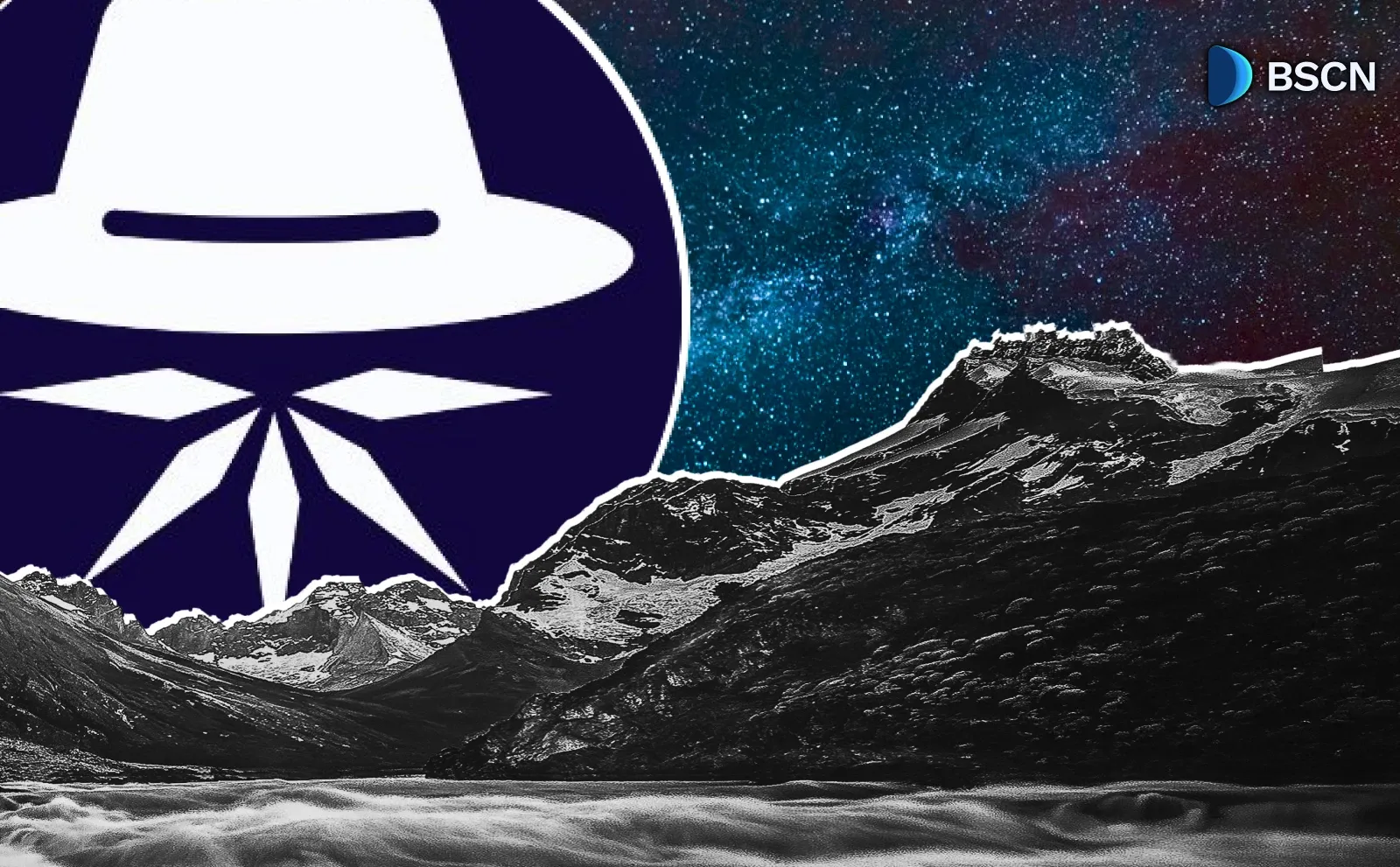News
Ethereum Fusaka Upgrade: What It Is and Why It Matters
by Soumen Datta
October 29, 2025
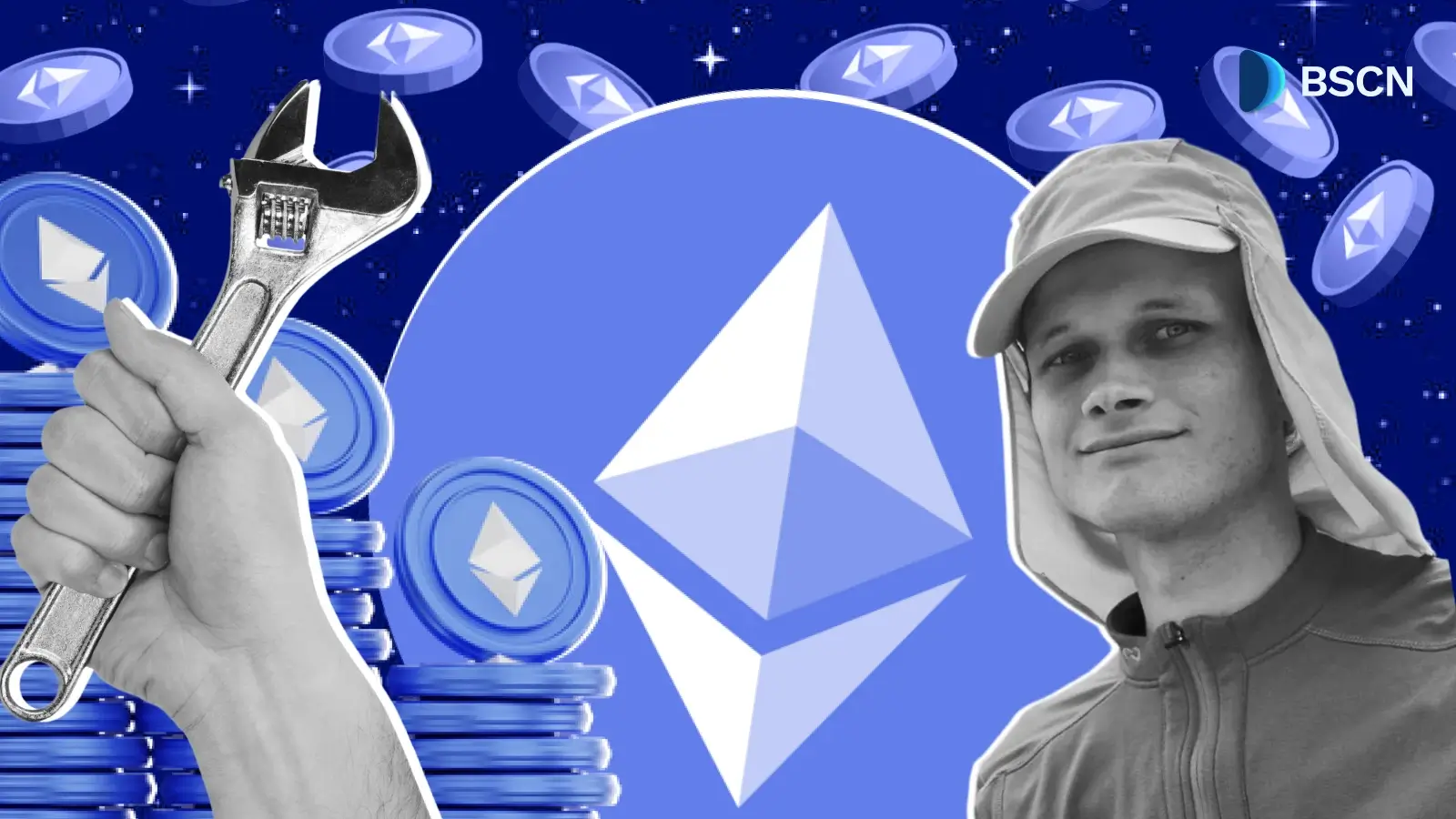
Ethereum’s Fusaka upgrade, launching in late 2025, boosts scalability with PeerDAS and Verkle Trees to cut fees and improve Layer 2 performance.
Ethereum’s upcoming Fusaka upgrade, expected in December 2025, is the network’s largest technical update since The Merge. It brings a suite of 12 Ethereum Improvement Proposals (EIPs) that aim to make the blockchain faster, cheaper, and easier to use.
Ethereum’s next major upgrade, Fusaka, is now live on the Hoodi network! ✅
— Consensys.eth (@Consensys) October 28, 2025
Fusaka mainnet activation is scheduled for December 3rd.
Fusaka introduces multiple EIPs to improve scalability, strengthen security, and reduce costs. The upgrade will unlock the next phase of rollup… pic.twitter.com/VQkosIouZQ
At its core, Fusaka expands Ethereum’s data handling power and introduces smarter ways for nodes to process information. The result is a more efficient, scalable, and cost-effective network that benefits users, developers, and validators alike.
What Is the Ethereum Fusaka Upgrade?
The Fusaka upgrade is a major update that increases Ethereum’s block gas limit from 45 million to 150 million, allowing more transactions and smart contract executions per block. This directly improves throughput — meaning Ethereum can process more activity with less congestion.
But Fusaka is not just a capacity increase. It introduces two technical pillars that reshape how data is stored and verified across the network:
- Peer Data Availability Sampling (PeerDAS)
- Verkle Trees
Together, they redefine how validators confirm data availability and how nodes organize blockchain state — two key pain points in Ethereum’s scaling journey.
PeerDAS: Smarter Data Verification
Under Ethereum’s current design, validators must download and verify entire chunks of transaction data (known as “blobs”) to confirm blocks. As usage increases — especially from Layer 2 rollups — these blobs are growing in size and frequency, adding bandwidth and storage strain.
Peer Data Availability Sampling (PeerDAS) changes that model. Instead of processing every piece of data, validators can now verify small, random samples from other nodes. If enough pieces check out, the data is considered available and valid.
This sampling method:
- Reduces bandwidth and storage requirements for validators
- Makes it possible to safely increase blob capacity
- Improves rollup performance without compromising decentralization
According to research firm VanEck, this is essential for keeping up with demand from networks like Coinbase’s Base and Worldcoin’s World Chain, which already account for nearly 60% of rollup data on Ethereum.
Ethereum co-founder Vitalik Buterin called PeerDAS “the key to Layer-2 scaling,” noting it allows a blockchain to function without requiring any single node to download all data.
Verkle Trees: Compact and Efficient Data Proofs
The second major component, Verkle Trees, replaces Ethereum’s current Merkle Patricia Trees as the system for organizing blockchain data.
Verkle Trees allow for much smaller proofs — meaning validators can check data faster, with less computational effort. In simple terms, it compresses the blockchain’s “state data” (like balances and smart contract information) into a structure that’s easier to store and verify.
This efficiency matters because Ethereum’s state continues to grow as more users, smart contracts, and dApps join the network. By switching to Verkle Trees, Ethereum maintains scalability without requiring node operators to upgrade hardware constantly.
Gas Limit Increase: More Room for Transactions
Another key change in Fusaka is the increase in the block gas limit from 45 million to 150 million.
Gas represents the amount of computational effort required to perform transactions or execute contracts. Raising the gas limit effectively lets each block process more transactions, NFTs, and DeFi interactions.
However, a larger gas limit can mean heavier blocks, which can be harder for some nodes to handle. That’s where PeerDAS and Verkle Trees come in — they balance out the increased data load by making verification more lightweight and efficient.
Why the Fusaka Upgrade Matters
Ethereum is home to millions of users and thousands of decentralized applications. Yet, during busy periods, users still face high gas fees and slower confirmation times.
Fusaka addresses these long-standing problems by:
- Increasing transaction capacity per block
- Making data verification faster and cheaper
- Reducing costs for rollups and Layer 2 solutions
- Keeping the network decentralized and accessible
For users, this means smoother interactions and potentially lower fees. For developers, it creates a more predictable and efficient environment to build on. For validators, it reduces bandwidth use while maintaining network integrity.
Activation Roadmap
The Fusaka rollout will happen in several stages, with testnets leading up to the mainnet launch:
- Holesky testnet: October 1, 2025
- Sepolia testnet: October 14, 2025
- Hoodi testnet: October 28, 2025
- Mainnet target date: December 3, 2025
Each testnet acts as a live rehearsal, allowing developers to identify bugs and performance issues before final deployment. Depending on results, the timeline could shift slightly — but all signs point to a late 2025 release.
Fusaka was successfully tested on all three major testnets — Holesky, Sepolia, and Hoodi — by late October 2025. The Hoodi test, conducted on Oct. 28, at 18:53 UTC, validated the upgrade’s ability to process data more efficiently and improve rollup performance.
Once the test results are reviewed and confirmed, core developers plan to activate Fusaka on the Ethereum mainnet in early December 2025.
Security Testing and Bug Bounty Program
Ahead of the upgrade, the Ethereum Foundation has launched a four-week bug bounty program. Rewards of up to $2 million are available for identifying critical vulnerabilities.
This public audit approach helps ensure that Fusaka’s code is thoroughly tested before it reaches mainnet. Developers have emphasized caution, especially given the complexity of PeerDAS.
“The core feature, PeerDAS, is trying to do something unprecedented: a live blockchain that does not require any single node to download the full data,” said Buterin in September.
What Fusaka Means for the Ethereum Ecosystem
For Users
- Faster transaction confirmations, even during peak activity
- More consistent and potentially lower gas fees
- Better experience when using DeFi, NFTs, or Layer 2 apps
For Developers
- Larger blob capacity for rollups
- Improved efficiency in submitting Layer 2 data to Ethereum
- Easier integration with new scaling tools and applications
For Validators and Node Operators
- Reduced bandwidth and storage requirements
- Need for some hardware and software updates
- Lower risk of network strain as transaction volume grows
Ethereum’s Shift in Economics
Analysts at VanEck noted that Fusaka reflects Ethereum’s ongoing shift away from relying on base-layer fees. As more transactions move to rollups, Ethereum earns less from direct gas fees — but its role as the settlement and security layer for Layer 2 activity becomes even more important.
This shift reinforces ETH’s value as a monetary asset securing rollups, rather than simply a token used to pay transaction costs.
VanEck also warned that unstaked ETH holders could face dilution as institutional players — such as ETFs and treasury funds — accumulate ETH to stake for yield. In this context, Fusaka could strengthen Ethereum’s long-term role in institutional adoption by reducing Layer 2 costs and improving efficiency.
Conclusion
The Fusaka upgrade strengthens Ethereum’s foundation by improving scalability, efficiency, and data management. Its main features — PeerDAS, Verkle Trees, and a higher gas limit — work together to reduce costs and make Ethereum’s Layer 2 ecosystem more capable of handling global demand.
Rather than overhauling the system, Fusaka fine-tunes it. It keeps Ethereum decentralized, while allowing it to handle more transactions and support an expanding range of applications.
Resources:
Announcement - Fusaka $2,000,000 Audit Contest!: https://blog.ethereum.org/2025/09/15/fusaka-audit-content
VanEck Crypto Monthly Recap for September 2025: https://www.vaneck.com/us/en/blogs/digital-assets/matthew-sigel-vaneck-crypto-monthly-recap-for-september-2025/
Consensys X platform: https://x.com/Consensys
Vitalik Buterin’s comment on Fusaka: https://x.com/VitalikButerin/status/1970983281090085200
Ethereum’s Fusaka Upgrade Completes Final Hoodi Test Ahead of Mainnet Launch: report by CoinDesk: https://www.coindesk.com/tech/2025/10/28/ethereum-s-fusaka-upgrade-completes-final-hoodi-test-ahead-of-mainnet-launch
Disclaimer
Disclaimer: The views expressed in this article do not necessarily represent the views of BSCN. The information provided in this article is for educational and entertainment purposes only and should not be construed as investment advice, or advice of any kind. BSCN assumes no responsibility for any investment decisions made based on the information provided in this article. If you believe that the article should be amended, please reach out to the BSCN team by emailing info@bsc.news.
Author

Soumen Datta
Soumen has been a crypto researcher since 2020 and holds a master’s in Physics. His writing and research has been published by publications such as CryptoSlate and DailyCoin, as well as BSCN. His areas of focus include Bitcoin, DeFi, and high-potential altcoins like Ethereum, Solana, XRP, and Chainlink. He combines analytical depth with journalistic clarity to deliver insights for both newcomers and seasoned crypto readers.
Related News
Latest News
10h : 0m ago
Solana ETF Interest Rise amid Market Downslide: Key Performance Update

12h : 15m ago
BNB Chain × YZi Labs Local Hack Series Went Live: Details

13h : 52m ago
Stable Launches Public Testnet: Steps to Engage

15h : 0m ago
Ripple Secures $500M Strategic Investment at $40B Valuation
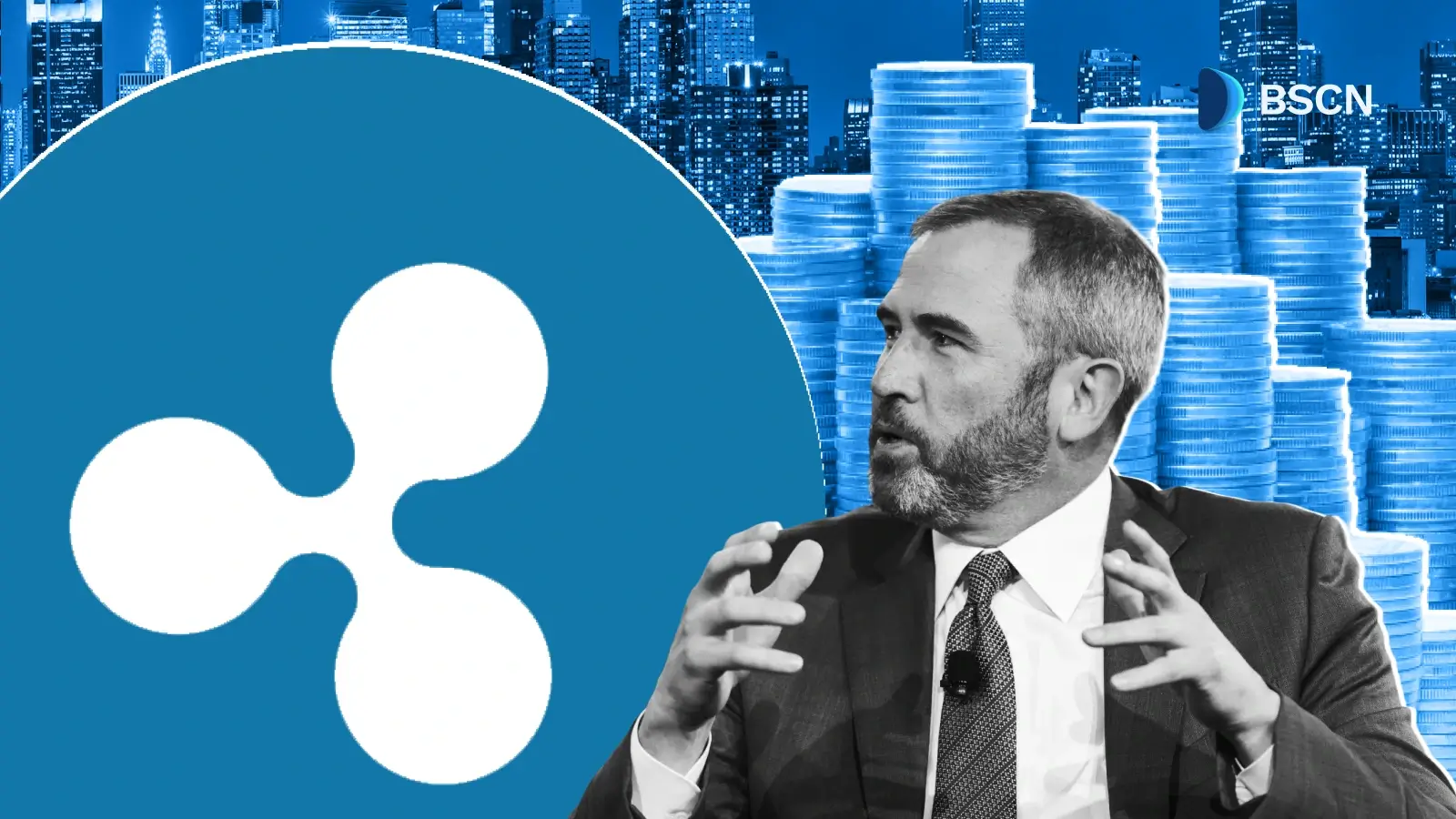
17h : 0m ago
SBI Digital Markets Partners with Chainlink to Drive Institutional-Grade Tokenization Platform

November 5, 2025
What is Momentum Finance? Binance’s New Listing
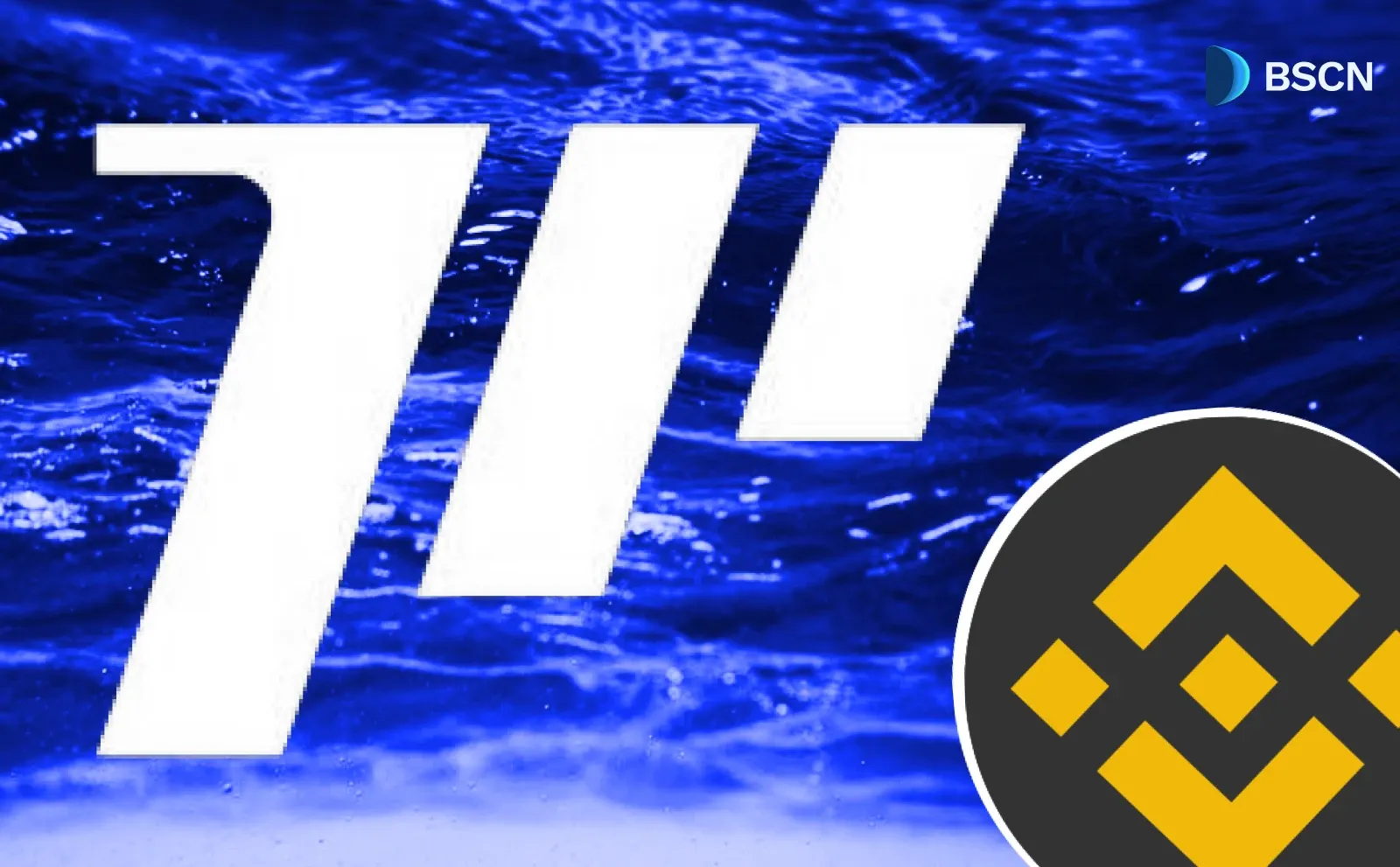
November 5, 2025
Chainlink Kickstarts November with Multiple Innovations: A Look at The Protocol's Key Partnerships and New Features
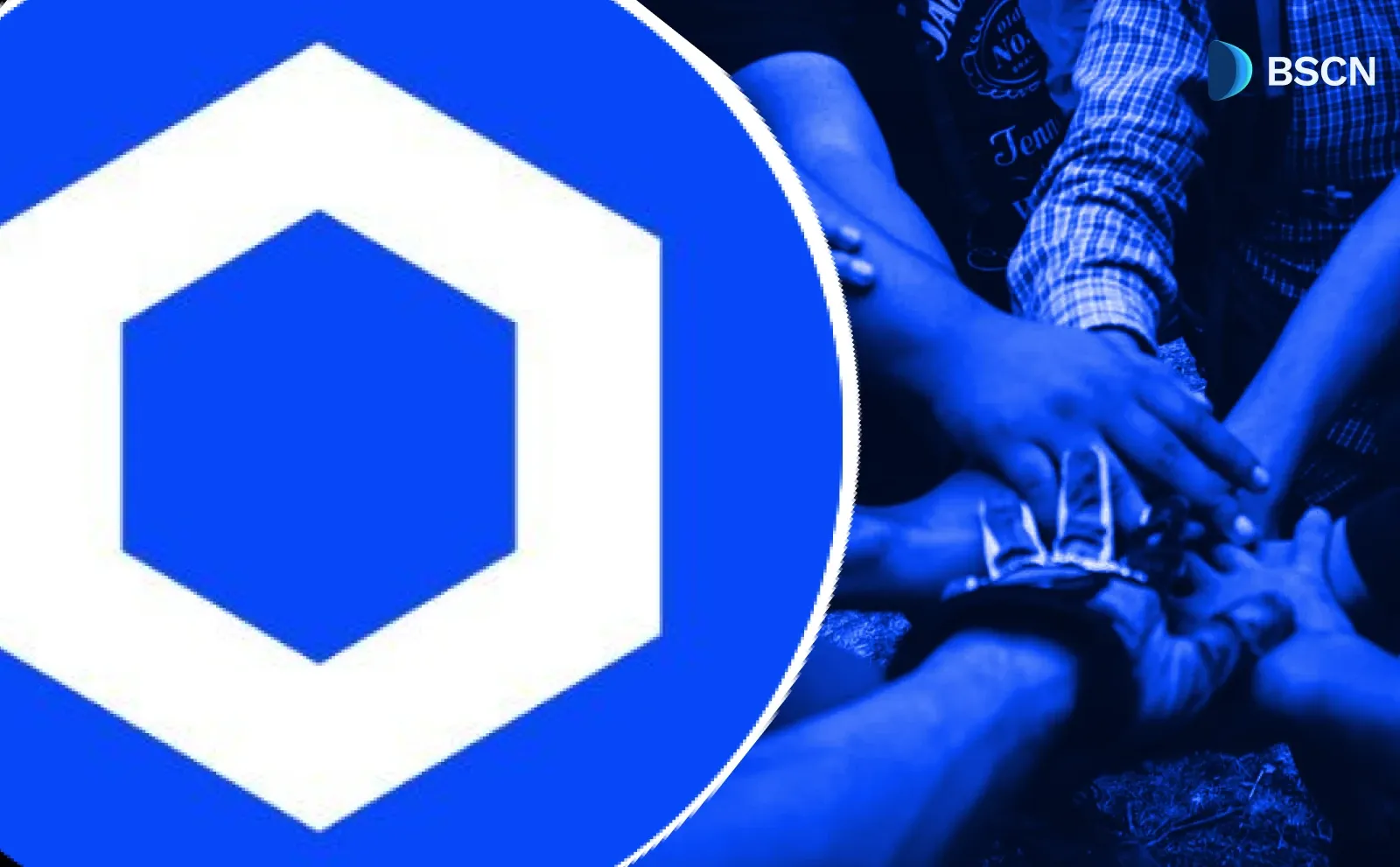
November 5, 2025
ION Latest Update: New Online+ Update, CEO Insights, Key Partnerships, and More
